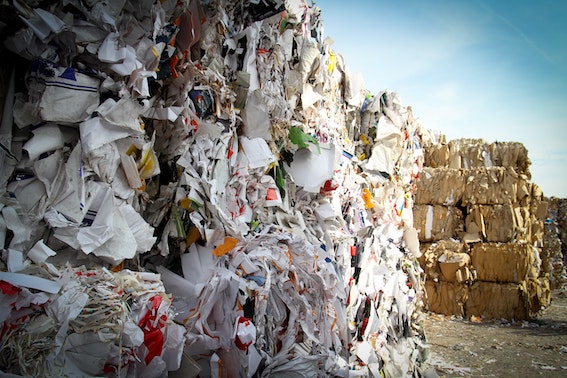Will resale market take over fast fashion?
- PrintTrend studio

- Dec 4, 2020
- 2 min read
Updated: May 5, 2023
Over recent years, with rising pollution and landfill waste, we have started becoming more and more conscious about our planet. Even before the pandemic, businesses started creating and implementing more sustainable and environmentally friendly models and plans.
As we all know, amongst the most polluted industries was also the fashion industry, which has risen dramatically during the 19th century when manufacturers found faster and more efficient technologies for making processes. From the year 2000 to the year 2014, fashion produced 60% more products and much faster than ever before, with brands offering several collections per year and high street chains updating their shop floors every week. Fast fashion became popular and a comfortable choice, but after finding out that more than 85% of all produced clothes go to waste every year, and approximately 40% of all clothes are never bought or worn, environmental organisations and media started pressing consumers for a change in fashion. Worldwide manufacturers were analysed on how/where and how much waste they made.
The problem wasn't only the unworn and binned clothes, it was also the process of making. It takes over 2500 litres of water to make a T-shirt, and over 7000 litres for a pair of jeans. In addition, dyed and polluted water is often poured into nearby rivers, eventually flowing into the sea. The numbers didn't lie and big companies were pressured to making more sustainable and ethical choices.
In the meantime, consumers started thinking sustainably, repairing clothes, reselling them or buying them second hand. In the UK, charity shops became particularly popular for selling second hand clothing and increased their sales by almost 29 million in one year. But even eBay revealed their data, stating that second hand clothes were sold every 3 seconds between January and July during the pandemic this year. In particular, the younger generation seems to be keen on being a part of a long term solution in sustainable fashion. And according to Threadup reports nearly 2.5x more consumers are planning on joining a trend of buying more sustainably. On the other hand, WRAP research showed that 77% of population wants to shop second hand, but only 27% actually do.
For the customers who are looking for a more accessible market, clothes rental companies like Hurr Collective, By Rotation or My wardrobe HQ are on the rise. The idea of renting clothes started with focus on special occasions, but many businesses used this potential and created platforms for every day clothing rental. Lender and renter communicate between each other and either send clothes or meet up and exchange them. The rental companies then take commissions from both parties. Could this be a new business model for designers? To rent the clothes five or six times would earn them more than selling it once.
It is clear that buying second hand, renting, or just buying less and more consciously contributes to reducing landfill waste, pollution and extends the life of products. With less demand for fast fashion, high street brands are pushed back and forced to change. Above all, customers power the industry.
Calculate your fashion footprint here
















Comments